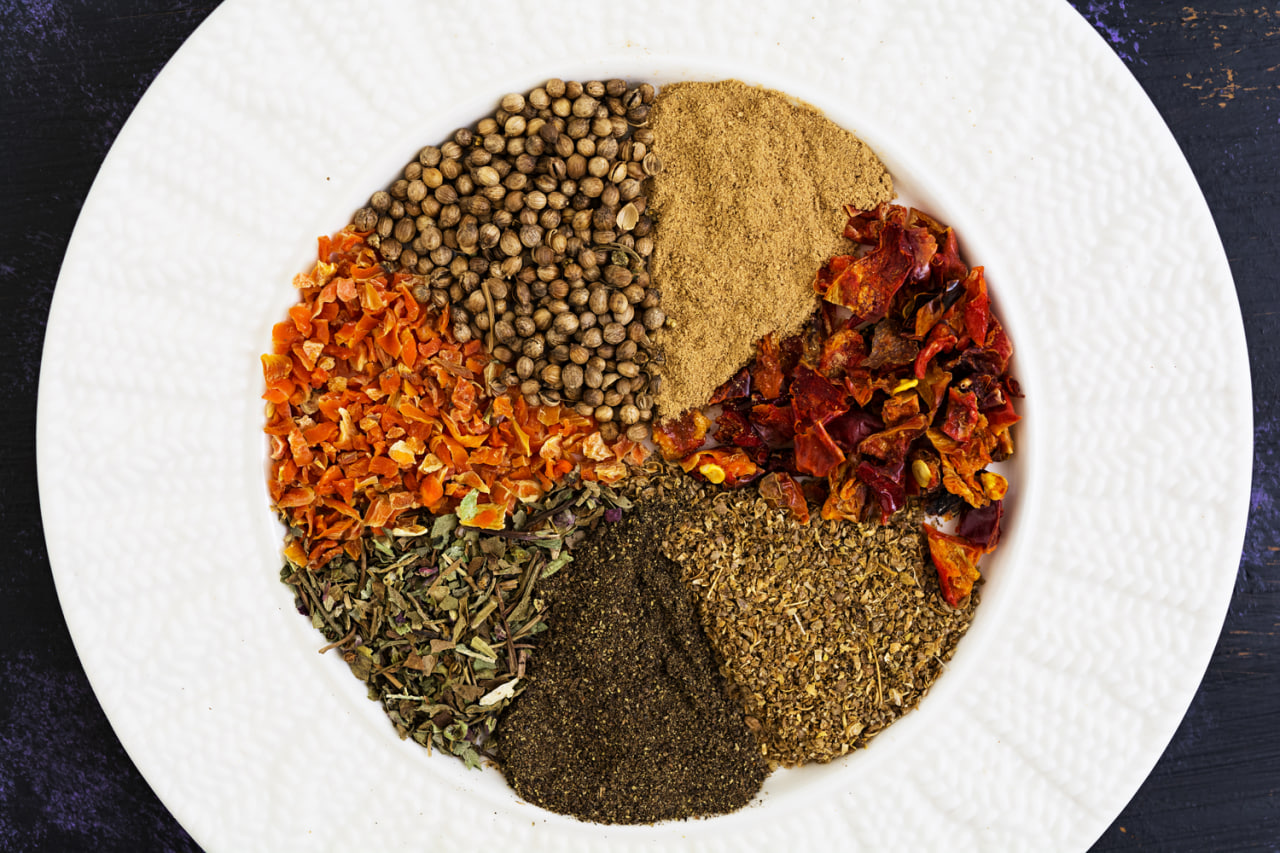Blending your own spices is one of the most rewarding habits you can bring into your kitchen. It gives you full control over flavor, freshness, and ingredients — and allows you to create custom mixes that suit your taste and cooking style perfectly. But as with any craft, spice blending comes with a learning curve.
Whether you’re experimenting with your first curry powder or developing a signature barbecue rub, avoiding a few common mistakes can make all the difference between a bland result and a flavorful, balanced blend.
Here are seven of the most common mistakes people make when creating their own spice mixes — and how to avoid them.
1. Using Old or Stale Spices
The most flavorful blends start with fresh spices. If your spices have been sitting in the back of your cupboard for years, their aromatic oils — the source of their flavor and fragrance — have likely faded. Using stale ingredients will leave even the most carefully balanced blend tasting dull and lifeless.
Check the freshness of your spices by smelling them. If they don’t have a strong aroma, they won’t contribute much to your mix. Whenever possible, buy whole spices and grind them fresh. They retain their potency longer and offer a much deeper, more complex flavor.
2. Skipping the Toasting Step
Toasting whole spices before grinding them is one of the easiest ways to unlock their full flavor potential. This step draws out the essential oils, intensifies aroma, and often adds a subtle nutty or smoky undertone to your blend.
Many home cooks skip toasting because it feels like an extra step, but it’s worth the effort. Gently heating spices in a dry pan for just a few minutes can dramatically improve the final flavor. Just be careful not to over-toast — burnt spices become bitter and unusable.
3. Overcomplicating the Blend
It’s tempting to add a long list of spices in an attempt to build complexity, but more isn’t always better. A common mistake is combining too many flavors without a clear purpose, which can result in muddiness instead of depth.
Start with a simple foundation — three to five spices that complement each other — and build from there. Think about balance: spicy, sweet, bitter, warm, and aromatic. Each ingredient should serve a purpose. Taste and adjust as you go, and don’t be afraid to leave something out if it doesn’t enhance the overall profile.
4. Not Balancing Flavors Properly
Spice blending is as much about contrast as it is about harmony. Without proper balance, a mix can lean too heavily in one direction — overly spicy, too sweet, or bitter and astringent.
Pay attention to proportions. Ground cumin or coriander might form the base of a blend, but intense ingredients like cloves, cinnamon, or cayenne pepper should be used sparingly. Add potent spices in small amounts and build slowly to avoid overpowering the mix. Keep a record of your measurements so you can replicate or refine the blend later.
5. Ignoring the Role of Texture
Not all spices grind to the same consistency. Some, like dried herbs or whole seeds, can remain coarse, while others like cinnamon or nutmeg become fine powders. Mixing textures can result in uneven distribution and inconsistent flavor when used in cooking.
To solve this, consider sifting your blend after grinding to ensure an even texture. Alternatively, reserve coarser spices for blends meant to be used as rubs or finishing touches, and keep powdered blends smooth for soups, stews, and sauces.
6. Storing Improperly
Spices are sensitive to light, heat, air, and moisture — all of which can degrade flavor over time. Even a perfectly crafted blend will lose its strength quickly if it’s not stored correctly.
Keep your spice mixes in airtight glass jars in a cool, dark place, away from the stove or windows. Label them clearly with the name and date. Avoid storing in plastic containers, which can absorb flavors and odors, or in clear jars exposed to sunlight.
If you’re making large batches, consider dividing the blend into smaller jars so you don’t expose the entire supply to air each time you use it.
7. Not Testing the Blend Before Making a Large Batch
It’s easy to get excited and mix a big jar of your latest creation — only to discover it’s too strong, too bland, or just not what you imagined. Making a full batch without testing is one of the most common — and most avoidable — mistakes.
Always start small. Mix a teaspoon-sized test batch and try it in a dish. Adjust the proportions, note your changes, and only scale up once you’re happy with the result. This saves you time, ingredients, and disappointment — and ensures that your final blend is exactly what you want it to be.

